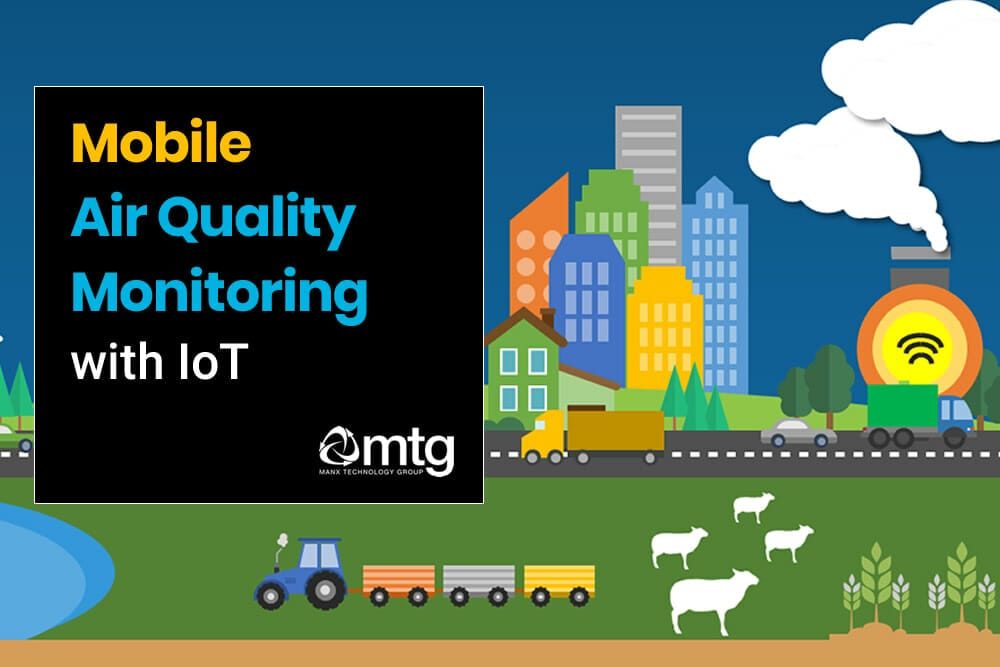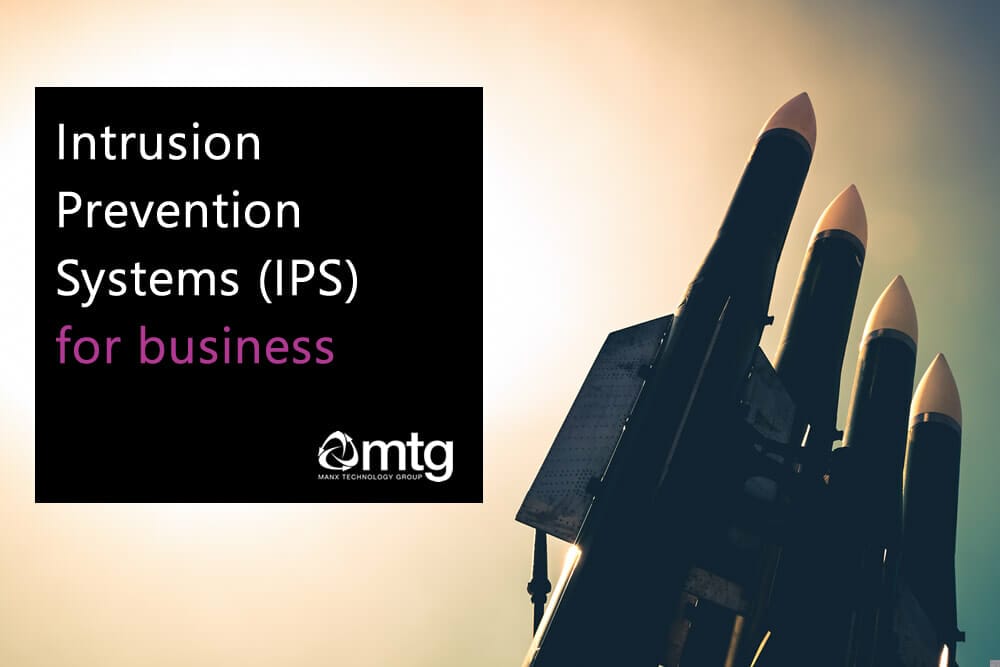Traditionally, cities and towns have relied on fixed air quality monitoring stations to measure pollution levels in specific areas. However, IoT technology offers a more cost-effective, scalable, and flexible approach, vastly improving air quality monitoring over traditional fixed solutions.
Limitations of Fixed Monitoring Stations
Fixed monitoring stations are known for their high accuracy, often measuring pollutants to parts per billion (ppb). However, they are limited to monitoring air quality in a single, static location. The cost of installing and maintaining several hundred of these stations across a city or town is prohibitive for many local authorities.
The IoT Advantage
The Internet of Things (IoT) has introduced affordable, portable air quality and pollution sensors that provide a practical alternative to expensive fixed stations. While IoT sensors may not offer the same level of precision (such as measuring gases in ppb), they still provide an effective way to monitor air quality and pollution.
Instead of relying on precise measurements, IoT sensors typically use a traffic-light system (red = bad, amber = warning, green = good) to signal pollution levels. However, when it comes to particulate matter, IoT sensors can match the accuracy of high-end equipment at a fraction of the cost.
The Air Quality Index (AQI) is a standard for measuring and indicating air quality and pollution levels.
Communication Technologies
IoT sensors can relay data to the cloud using a variety of communication methods, including 3G/4G SIM cards or, in many areas, LoRa (Long Range Wide Area Network). LoRa provides a low-power, long-range wireless solution, with networks already deployed in places like Scotland and the Isle of Man. LoRa offers an excellent foundation for mobile air quality monitoring. The Isle of Man also has a national LoRaWAN network.
How Does Mobile Air Quality Monitoring Work?
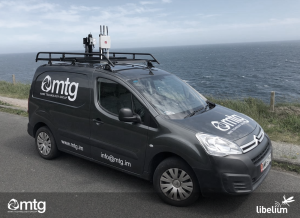
MTG’s mobile air quality monitoring solution collects real-time air quality data as it moves across different areas. The solution consists of:
Sensors
- Libelium Plug & Sense – Smart Environment Pro
- NO2, CO2, CO, SO2 Gas Sensors
- Particulate Monitor (PPM1, PM2.5, PM10)
- 3G/4G Uplink • LoRa
- GPS
You can read more about the IoT Van here:
IoT Test Vehicle : Tech Trials in the Isle of Man
Why Use Mobile Air Quality Monitoring?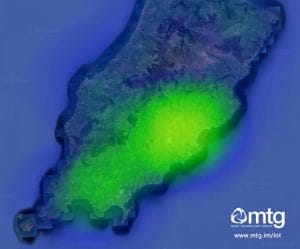
The key advantage of mobile air quality monitoring is the ability to quickly assess pollution levels across wide areas without the high costs of fixed stations. This approach allows local authorities to monitor large areas in real-time and make informed decisions based on the data.
- Greater Coverage. IoT sensors enable air quality monitoring over vast distances without additional costs.
- Reduced Cost. IoT sensors are a cost-effective alternative to fixed stations, providing an affordable solution for comprehensive environmental management.
- Identify pollution hotspots and problem areas. The system can pinpoint pollution hotspots or areas that require more detailed monitoring.
- Shape policy and decision making. Policymakers can use data to shape strategies for urban planning, transportation, health, and education.
- Public Transparency: Many authorities share air quality data with the public, promoting transparency and community support for environmental initiatives.
How to Deploy Mobile Air Quality Solutions
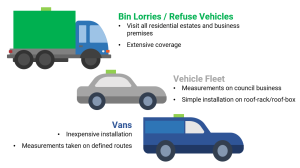
Mobile air quality solutions can be mounted on various vehicles, such as local authority cars, bin lorries, and school buses, which naturally cover vast areas of residential and commercial spaces.
- Bin lorries and refuse vehicles tend to visit most residential addresses – providing an extensive mapping of air quality.
- Local authority vehicles can double up as mobile air quality monitors.
- School buses are another prime candidate, measuring air quality levels throughout residential areas and school settings.
Many cities are striving for Smart City status – often focused around ISO 37122 – where air quality forms a vital part of the equation.
What can be measured?
|
|
Mobility of Monitoring Stations
In addition to vehicle-mounted solutions, IoT air quality stations can be easily moved between locations. These stations can be unmounted, relocated, and powered by battery or solar, offering the flexibility to monitor different sites as needed.
Ready for Deployment
Manx Technology Group is still developing the technology and analysing data sets, but the system is ready for commercial deployment and further development. If your council, local authority or organisation would like to undertake air quality test pilots – please get in touch. You can reach us by phone +44 1624 777837, e-mail or by submitting a form on our website.
Case Studies
Case Study: LJMU – Air Quality and Weather Monitoring with IoT

